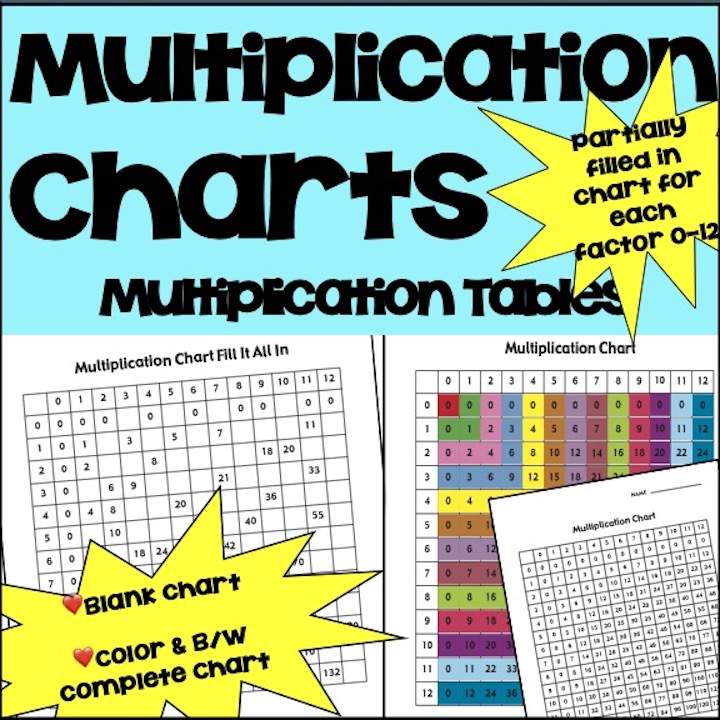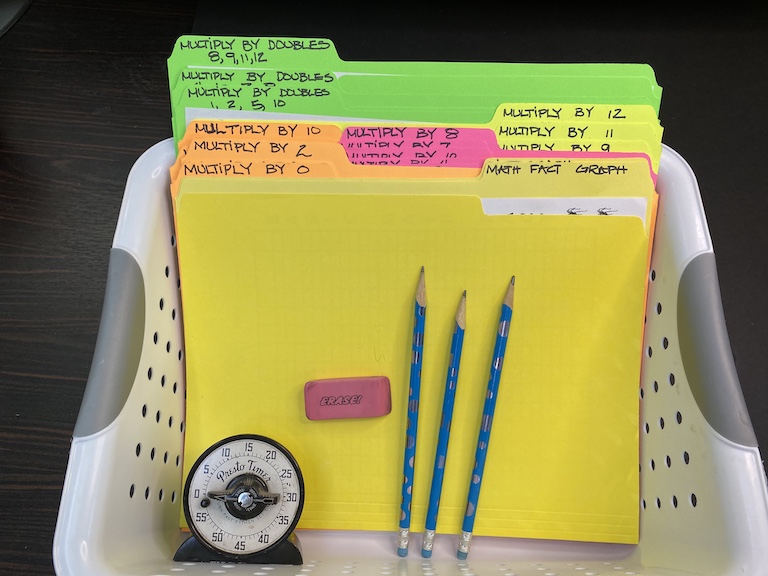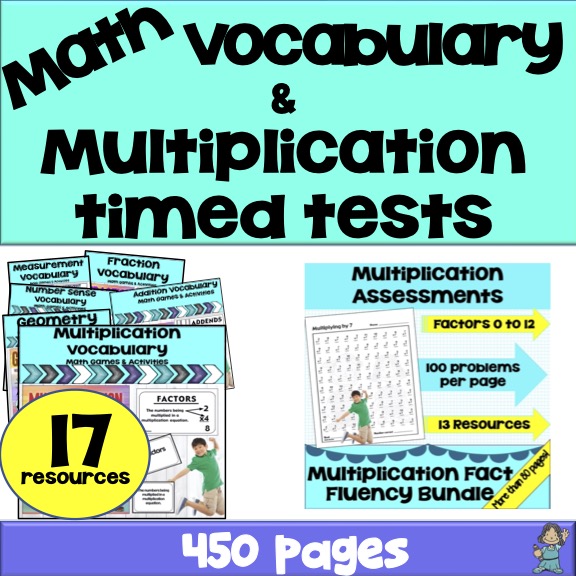Welcome back to another exciting school year! As you get ready to guide your students through the wonders of math, we’re here to make mastering multiplication a breeze. Let’s break down how to teach multiplication in a straightforward way that your students will love.
Multiplication Basics: Factors 1-4

Starting with 1: Begin by teaching that multiplying by 1 doesn’t change the number. It’s a simple concept, like saying “1 is the identity of multiplication.” Everything stays the same, just like multiplying by a math superhero!
Doubling with 2: Once the kids understand 1, move on to doubling with 2. This is an easy concept because doubling is like a fun symmetry puzzle. For example, 2 x 2 is a great way to show how things can be doubled.

Introducing 3: Now it’s time for the number 3. Use triangles to help visualize it. You can ask the kids to draw triangles with three sides, which will help them understand that 3 is a special number.
Exploring 4: By now, your students will be more comfortable with multiplication. Introduce the number 4 and talk about squares. For example, 4 is related to the square root of 16. You can even have them find square numbers to make it interactive.
Read about Math Fact Fluency here.
Moving On: Factors 5-8
Learning 5: The number 5 is familiar to many kids because they count by 5s on their fingers. Emphasize that multiplying by 5 is straightforward. You can relate it to everyday items, like dividing a pizza into 5 slices.

Adding 6 and 7: Once they’ve got the hang of 5, introduce 6 and 7 together. Make it engaging by having a friendly competition on which number is quicker to count by. This keeps the lesson dynamic and fun.
Understanding 8: The number 8 might be a bit tricky, but remind them that it’s like doubling 2 twice. Help them see how multiplying by 8 is just doubling numbers twice to make it easier.
Final Factors: 9 and 10
Discovering 9: Teach the number 9 and its unique properties. For example, in the 9 times table, the digits of the answers always add up to 9. It’s a fun fact that makes learning 9s memorable.

Conquering 10: Finish with the 10 times table, which is the simplest of all. It helps students understand place value and gives them a sense of achievement.
Engaging Activities and Games
After covering these factors, let your students practice multiplication with games and interactive activities. This makes learning engaging and reinforces their skills. Challenge them with mixed tables and fun exercises to solidify their knowledge.
Key Tip: Keep the lessons lively and interactive. Use props, visual aids, and hands-on activities to make multiplication come alive. By the end of the year, your students will be confident in their multiplication skills, and you’ll have made learning fun and effective.

Here’s to a fantastic and multiplication-filled school year! Let’s make mastering multiplication a breeze!
Happy teaching!


No comments:
Post a Comment